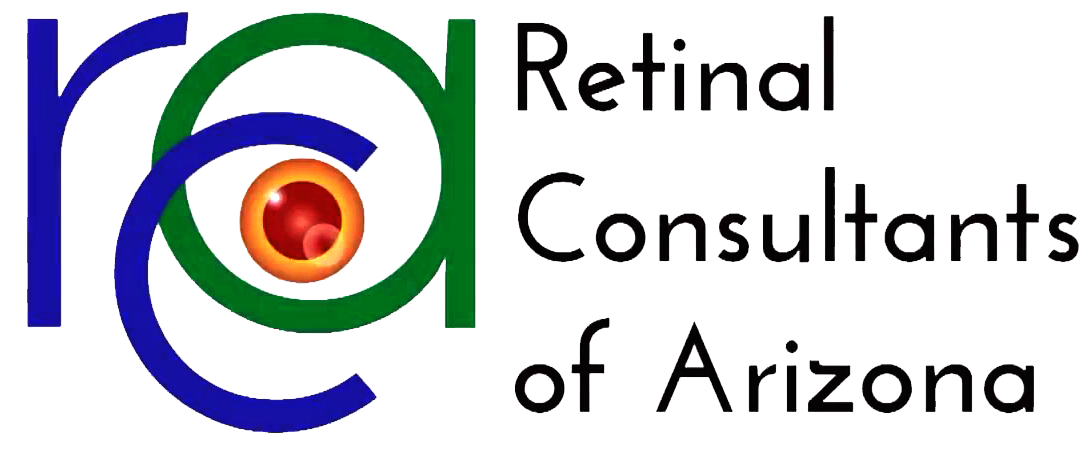Novartis’ eye drug clearly works, but edging out Eylea won’t be easy – Dr. Pravin U. Dugel
Dive Brief:
- Novartis AG’s investigational eye drug bested Regeneron Pharmaceutical Inc.’s Eylea on additional secondary endpoints of two late-stage studies, bolstering the treatment’s potential to go head to head with Regeneron’s market leader.
- In HAWK trial, 35% fewer patients had intra-retinal fluid (IRF) and/or sub-retinal fluid (SRF) after 16 weeks of taking Novartis’ brolucizumab 6 mg versus Eylea. Data from the HARRIER trail, meanwhile, showed a third fewer patients treated with brolucizumab 6mg had IRF and/or SRF compared to patients treated with Eylea.
- Brolucizumab 6 mg patients also demonstrated superior reductions in central subfield thickness in contrast to Eylea patients. Novartis has previously reported the drug had met HAWK and HARRIER’s primary endpoints of non-inferiority to Eylea in mean change in best-corrected visual acuity (BCVA) from baseline to week 48.
Dive Insight:
Novartis is in the process of reviewing its eye care business Alcon, which it acquired for about $52 billion over the course of two-and-a-half-years. Disappointing sales from the unit over the last few years now have the company considering spinning it out as a separate entity. In early 2016, the Swiss pharma transferred its ophthalmic pharmaceuticals products from Alcon to its Innovative Medicines division.
Yet in spite of Alcon’s issues, Novartis hasn’t let up on expanding its presence in the eye drug market. Last December, it acquired Encore Vision and the target’s presbyopia treatement EV06, and earlier this year it exercised an option to license a dry eye medicine from Lubris LLC. One likely reason behind those added investments is the growing market for eye drugs. A recent report from Grand View Research, for instance, forecasts the global opthalmic therapeutics market will hit $35.7 billion by 2025, up from $22.7 billion in 2016.
Eylea has become a standout product in that growing market. Regeneron announced third quarter U.S. sales of the drug reached $953 million, a 12% increase year over year. Looking to snag some of those sales, Novartis has made it a priority to show brolucizumab is just as — if not more — effective and safe as Eylea. And so far, the drugmaker has done that with HAWK and HARRIER, touting also its drug’s potential for a more advantageous dosing regimen.
“Importantly, improvements in these key [optical coherence tomography] measures were seen as early as week 16 and maintained at week 48, with a majority of brolucizumab patients on a 12-week treatment interval,” said Pravin Dugel, the principal investigator for both trials and a clinical professor at the University of Southern California’s Keck School of Medicine, in a Nov. 10 statement.
There are still some headwinds, though. Cowen & Co. analyst Steve Scala acknowledged in a Nov. 13 investor note that nearly half of the patients in the Phase 3 trials were on 8-week dosing rather than 12-week dosing, and that there was no data on 4-week dosing. If Novartis only seeks an indication for the longest of those three regimens, or that dose is the only one that payers agree to reimburse, “brolucizumab will struggle,” he said.
While Novartis hasn’t given details on pricing, Cowen anticipates brolucizumab could fetch $1.25 billion worth of sales in 2024. The drugmaker will have to be careful about making its drug too expensive and risk crimping its uptake, however.
“Should it be priced at a premium, payors would likely limit use to wet AMD and/or dosing consistent with the label. Should it be priced at a discount, he suspects some payors could allow reimbursement for all anti-VEGF indications, including some not on brolucizumab’s initial label (such as DME), speeding uptake,” Scala wrote in his note, referring to a key opinion leader who provided insights to Cowen.
“Finally, as the anti-VEGF’s must be stocked in a ‘buy and bill’ model at the physicians practices, [Novartis] may need to incentivize practices to stock it, particularly since brolucizumab will be initially labeled only for wet AMD, but not DME or CRVO/BRVO,” he added. “As all practices will still need to stock Eylea and/or Lucentis, he suspects some may be reluctant to stock a third branded anti-VEGF.”

